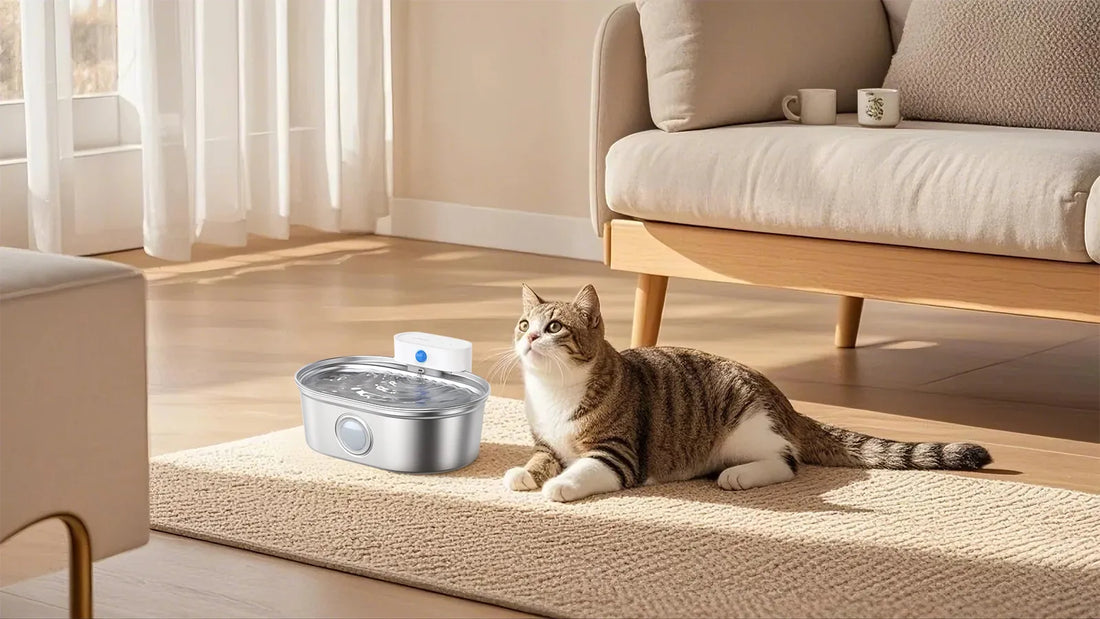If you’ve ever walked into your kitchen to find your dog’s food bowl flipped over and kibble scattered across the floor, you’re not alone. Many pet owners experience the frustration of a dog turning over their food bowl. While it may seem like a quirky or mischievous habit, this behavior often has underlying reasons that can be addressed with the right approach. In this article, we’ll explore the causes of this behavior and provide actionable tips to help you manage it effectively.
Why Do Dogs Turn Over Their Food Bowls?
Understanding why your dog is turning over their food bowl is the first step toward finding a solution. Here are some common reasons behind this behavior:
1. Boredom or Lack of Stimulation
Dogs are intelligent and curious creatures. If they’re not getting enough mental or physical stimulation, they may resort to flipping their food bowl as a way to entertain themselves. This is especially common in high-energy breeds or dogs that spend long periods alone.
2. Seeking Attention
Some dogs quickly learn that flipping their food bowl gets a reaction from their owners. Whether it’s laughter, scolding, or simply picking up the bowl, the attention they receive can reinforce the behavior.
3. Discomfort with the Bowl
The type of bowl you’re using may be uncomfortable for your dog. Bowls that are too deep, too shallow, or made of certain materials can cause discomfort or even anxiety, leading your dog to flip it over.
4. Instinctual Behavior
In the wild, dogs may flip over objects to access food hidden underneath. This instinctual behavior can carry over into domesticated dogs, especially if they’re trying to “hunt” for their kibble.
5. Medical Issues
In some cases, flipping the food bowl may be a sign of an underlying medical issue. Dental problems, nausea, or discomfort while eating can cause your dog to act out in this way. If the behavior is sudden or accompanied by other symptoms, consult your veterinarian.
How to Stop Your Dog from Turning Over Their Food Bowl
Now that we’ve explored the potential causes, let’s dive into practical solutions to help curb this behavior.
1. Provide Mental and Physical Stimulation
Ensure your dog is getting enough exercise and mental enrichment. Regular walks, playtime, and puzzle toys can help keep them engaged and reduce boredom-related behaviors like flipping their food bowl.
2. Use a Non-Slip or Weighted Bowl
Invest in a bowl that’s designed to stay in place. Non-slip or weighted bowls are less likely to be flipped over, even by the most determined dogs. Make sure the bowl is the right size and shape for your dog’s comfort.
3. Change the Feeding Routine
If your dog flips their bowl out of frustration or impatience, consider changing their feeding routine. Smaller, more frequent meals or using a slow feeder can help them eat more calmly and reduce the urge to flip the bowl.
4. Ignore the Behavior
If your dog is flipping their bowl for attention, try to ignore the behavior. Avoid giving them any reaction, positive or negative, when they flip the bowl. Over time, they’ll learn that this behavior doesn’t get them the attention they’re seeking.
5. Address Medical Concerns
If you suspect a medical issue is causing the behavior, schedule a visit with your veterinarian. Addressing any underlying health problems can help resolve the behavior and improve your dog’s overall well-being.
Preventing Future Incidents
Once you’ve addressed the immediate issue, take steps to prevent your dog from turning over their food bowl in the future. Here are some additional tips:
1. Supervise Meal Times
Stay nearby while your dog eats to monitor their behavior. If they start to flip the bowl, gently redirect their attention and reinforce positive eating habits.
2. Create a Calm Feeding Environment
Ensure your dog’s feeding area is quiet and free from distractions. A calm environment can help them focus on eating rather than flipping their bowl.
3. Train Your Dog
Teach your dog basic commands like “leave it” or “stay” to help them develop better mealtime manners. Consistent training can reinforce positive behaviors and reduce unwanted habits.
4. Experiment with Different Feeding Methods
If your dog continues to flip their bowl, consider alternative feeding methods. Scatter feeding, where you spread kibble on the floor or in a snuffle mat, can satisfy their instinctual foraging behavior without the mess.
When to Seek Professional Help
If you’ve tried multiple strategies and your dog continues to flip their food bowl, it may be time to seek professional help. A certified dog trainer or behaviorist can assess your dog’s behavior and provide tailored solutions to address the issue. They can also help you identify any underlying factors that may be contributing to the behavior.
Dealing with a dog turning over their food bowl can be frustrating, but with patience and the right approach, you can help your dog develop better mealtime habits. By understanding the root causes and implementing practical solutions, you can create a more enjoyable feeding experience for both you and your furry friend. Remember, every dog is unique, so it may take some trial and error to find the best solution for your pet. Keep a positive attitude, and don’t hesitate to seek professional guidance if needed. Your dog’s well-being and happiness are worth the effort!













